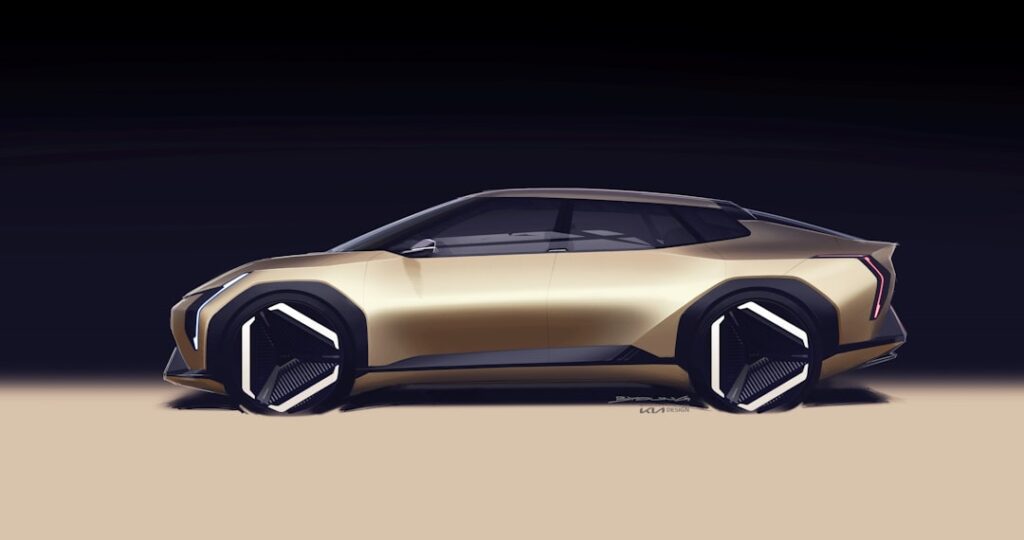As electric vehicles (EVs) become increasingly popular, it’s essential for both consumers and enthusiasts to understand the technologies that make them so revolutionary. One of these technological advancements is regenerative braking. This energy-saving feature is not only beneficial for the environment but also enhances the overall driving experience. Let’s delve into the complexities and benefits of regenerative braking.
Understanding Regenerative Braking
Regenerative braking is a method of slowing a vehicle down by using the electric motor instead of, or in combination with, the conventional friction-based braking system. When the driver applies the brakes, instead of the kinetic energy being wasted as heat, the electric motor operates in reverse, transforming this kinetic energy back into electrical energy. This energy is then stored in the vehicle’s battery for future use.
How Does Regenerative Braking Work?
The mechanics of regenerative braking in an electric vehicle is a bit more complex than traditional braking systems. When you apply the brakes in a conventional vehicle, the resulting friction slows the car down, but the energy generated is lost as heat. However, in an EV, when the brakes are applied, the electric motor switches roles and acts as a generator. This generator then converts the kinetic energy into electrical energy, which is stored in the vehicle’s battery. This process is seamless and doesn’t affect the driving experience.
Benefits of Regenerative Braking
There are several benefits to using regenerative braking in electric vehicles. The most notable advantage is energy efficiency. By converting and storing kinetic energy, regenerative braking can extend the range of an electric vehicle by up to 20%. This not only means fewer trips to the charging station but also leads to significant energy savings.
Another advantage is reduced wear and tear on the conventional braking system. Since the electric motor handles a portion of the braking, the brake pads and discs experience less strain, leading to lower maintenance costs.
Regenerative Braking: A Step Towards Green Technology
Regenerative braking is a brilliant example of green technology in the automotive industry. By reusing energy that would otherwise be wasted, this system contributes to the overall efficiency of electric vehicles, making them a more sustainable mode of transportation. Moreover, with continual advancements in technology, the efficiency of regenerative braking systems is expected to improve, further enhancing the appeal of electric vehicles.

